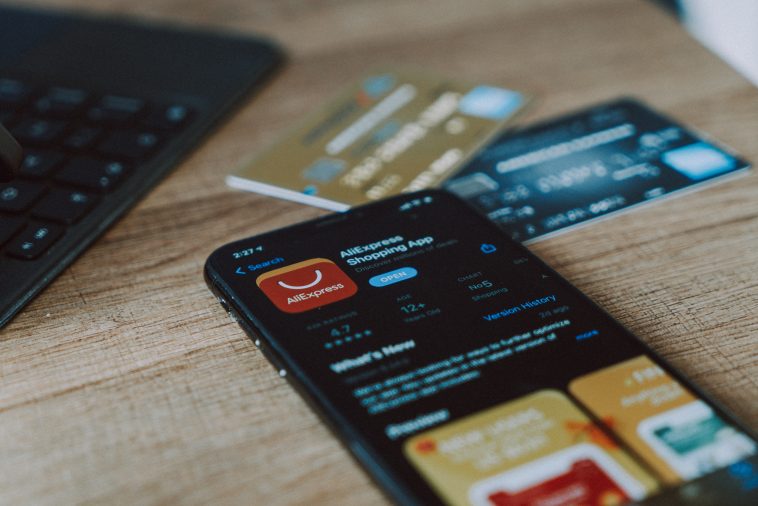Introduction.
Creating your brand has become easier than ever, especially with the rise of dropshipping. The idea of building a brand that’s uniquely yours, with products people genuinely love, is a powerful motivator.
Dropshipping gives you a way to sell your own branded products without the need to hold any inventory or handle shipping yourself.
Instead, you can work with suppliers who manage the production, storage, and shipping processes, allowing you to focus on branding, marketing, and connecting with customers.
In this guide, I’ll walk through what dropshipping your own brand really means, the benefits, the drawbacks, and a step-by-step approach to getting started.
I’ll also cover some common questions and concerns people have when trying to build a dropshipping brand.
By the end, you’ll have a clear understanding of whether dropshipping your own brand is the right choice and how to get started if you decide it is.
Why Dropshipping Your Brand is Worth Considering
Building a brand from scratch can feel daunting, but dropshipping has made it possible to get started with minimal upfront investment.
Traditional businesses require substantial investments in inventory, warehousing, and logistics, which can add up to thousands of dollars.
Dropshipping, on the other hand, significantly reduces startup costs because you only pay for products when customers place orders.
Dropshipping allows you to focus more on marketing and customer experience, rather than the logistics of warehousing and shipping. It lets you experiment with different products and designs quickly.
This flexibility gives you a better chance to create a unique brand without locking into a single idea from the start.
How Do I Dropship My Brand?
1. Choose a Niche.
Choosing the right niche is key. A niche is essentially a specific segment of the market you want to target.
Think about your interests, research current trends, and try to identify what type of products will resonate with your target audience. The more specific you can get, the better chance you have to stand out in a crowded market.
2. Find Reliable Suppliers.
Once you’ve decided on a niche, the next step is finding suppliers who offer white-label or private-label options.
White-labeling means you can brand the products as your own, but it’s essential to pick a supplier that offers quality products and reliable shipping.
Websites like Alibaba, AliExpress, or Oberlo are commonly used for dropshipping, but it’s worth investigating other suppliers who offer better branding options and shorter shipping times. Make sure to order samples to check quality before committing.
3. Create Your Brand Identity.
Your brand identity includes your brand name, logo, and the overall look and feel of your business. This should align with the interests and preferences of your target market.
Consider using tools like Canva or Adobe Spark for designing your logo, and remember that your website and social media presence should reflect your brand’s values and style.
4. Set Up an Online Store.
Setting up a store is easier than ever with platforms like Shopify, WooCommerce, or BigCommerce. These platforms allow you to customize your site, add products, and manage orders seamlessly.
Shopify, for example, offers plugins specifically for dropshipping that integrate with suppliers, making it easier to track inventory and automate orders.
5. Market Your Brand.
Once your store is set up, marketing is essential. Social media is a great place to start, especially platforms like Instagram and TikTok which are popular for e-commerce.
Partner with influencers in your niche, run ads and engage with your audience. Email marketing, content marketing, and even a blog can help build brand loyalty over time.
6. Provide Excellent Customer Service.
Customer service is a critical aspect of branding. Since you won’t be directly handling the products, good communication with your customers is essential.
Make sure they know what to expect with shipping times, offer quick responses to their inquiries, and be transparent if issues arise. Your reputation depends on how well you handle customer interactions.
Pros and Cons of Dropshipping Your Brand
Pros
- Low Startup Cost: No need to invest heavily in inventory, which makes it a relatively low-risk way to start your brand.
- Flexibility and Scalability: You can start small and scale up as you grow. Adding new products or changing your catalogue is also easy.
- Focus on Marketing: Without the burden of managing inventory, you can focus more on branding, marketing, and customer engagement.
Cons
- Reliance on Suppliers: Your brand’s reputation depends heavily on your suppliers’ product quality and shipping reliability.
- Lower Margins: Because you’re buying products at a set price from suppliers, your profit margins may be lower compared to a traditional wholesale model.
- Limited Control: From packaging to product variations, dropshipping can limit the degree of customization you have over your products and branding.
Frequently Asked Questions
1. Is it possible to dropship high-quality, unique products?
Yes, but it requires thorough research. Look for suppliers that offer white-label or private-label products.
Many platforms like Alibaba have sections for private-label products, and some companies specialize in customizable options.
2. How long does it take to get started?
It can take anywhere from a couple of weeks to a few months, depending on how much customization you want.
Setting up a store is relatively quick, but branding, finding reliable suppliers, and creating marketing plans may take time.
3. What’s the biggest challenge when dropshipping your brand?
Building trust is a major challenge. Since you don’t handle the products, customers rely on you to provide accurate information and handle any issues that arise. Ensuring that your suppliers are reliable and consistently deliver high-quality products is critical.
4. Are there additional costs I should be aware of?
Yes. Besides the cost of the products and your store platform, you’ll likely need to invest in marketing (ads, social media promotions) and design tools. You may also want to invest in software that can help with automation and analytics.
5. Can I customize the packaging and unboxing experience?
This can be tricky with drop shipping, but some suppliers offer custom packaging for an additional fee. Look for suppliers who allow for custom labels or inserts so you can enhance the unboxing experience for your customers.
Wrapping Up
Dropshipping your brand offers a unique way to build a business that’s all yours without the usual hassles of inventory management.
It’s a fantastic option if you want to focus on creativity, marketing, and customer experience, rather than warehousing and shipping logistics.
By choosing a niche, finding reliable suppliers, and creating a memorable brand, you can build a strong brand identity that stands out.
So, now that you know the ins and outs of dropshipping your brand, here’s the big question: are you ready to start building your brand today?





GIPHY App Key not set. Please check settings